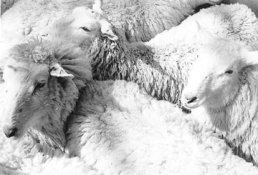Donald Miller
Member
- Joined
- Dec 21, 2002
- Messages
- 6,230
- Format
- Large Format
Roger,
Apparently you failed to read the part that says that Jones determined the speed point to be most accurately determined by assigning a value of .3 of the average gradient of the film
The reason that the .10 speed point is not accurate is that the speed point will vary with the gradient of the curve. I recognize that you may not have printed in any of the processes apart from pure silver enlarging.
When one moves into the processes that require a higher density range and a different gradient then the .10 speed point becomes a very nebulous criteria. Now is this variance that occurs with a different gradient a difficulty with the process or is this variance a difficulty because the determining criteria is flawed. I will leave it for you to determine.
Apparently you failed to read the part that says that Jones determined the speed point to be most accurately determined by assigning a value of .3 of the average gradient of the film
The reason that the .10 speed point is not accurate is that the speed point will vary with the gradient of the curve. I recognize that you may not have printed in any of the processes apart from pure silver enlarging.
When one moves into the processes that require a higher density range and a different gradient then the .10 speed point becomes a very nebulous criteria. Now is this variance that occurs with a different gradient a difficulty with the process or is this variance a difficulty because the determining criteria is flawed. I will leave it for you to determine.












